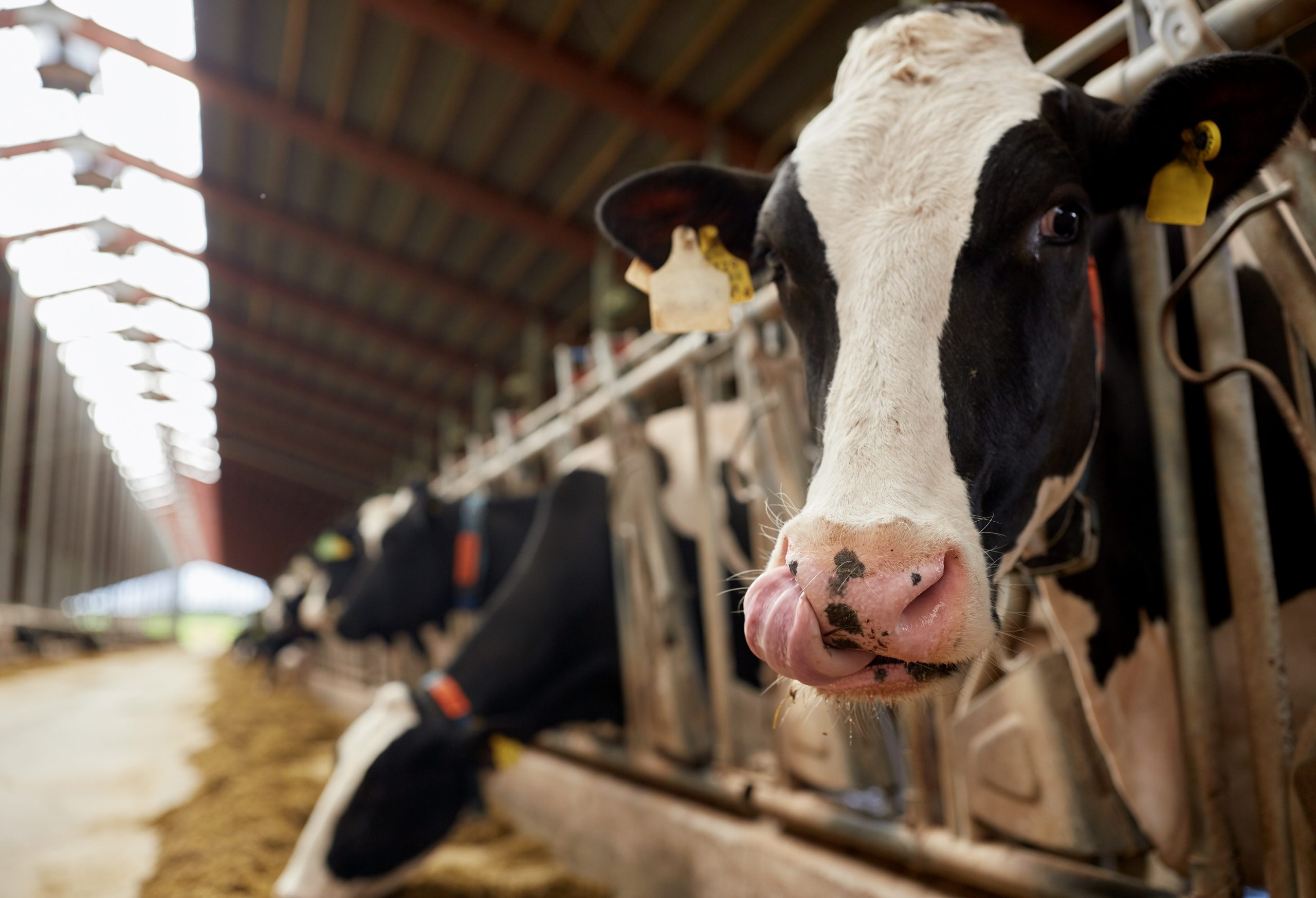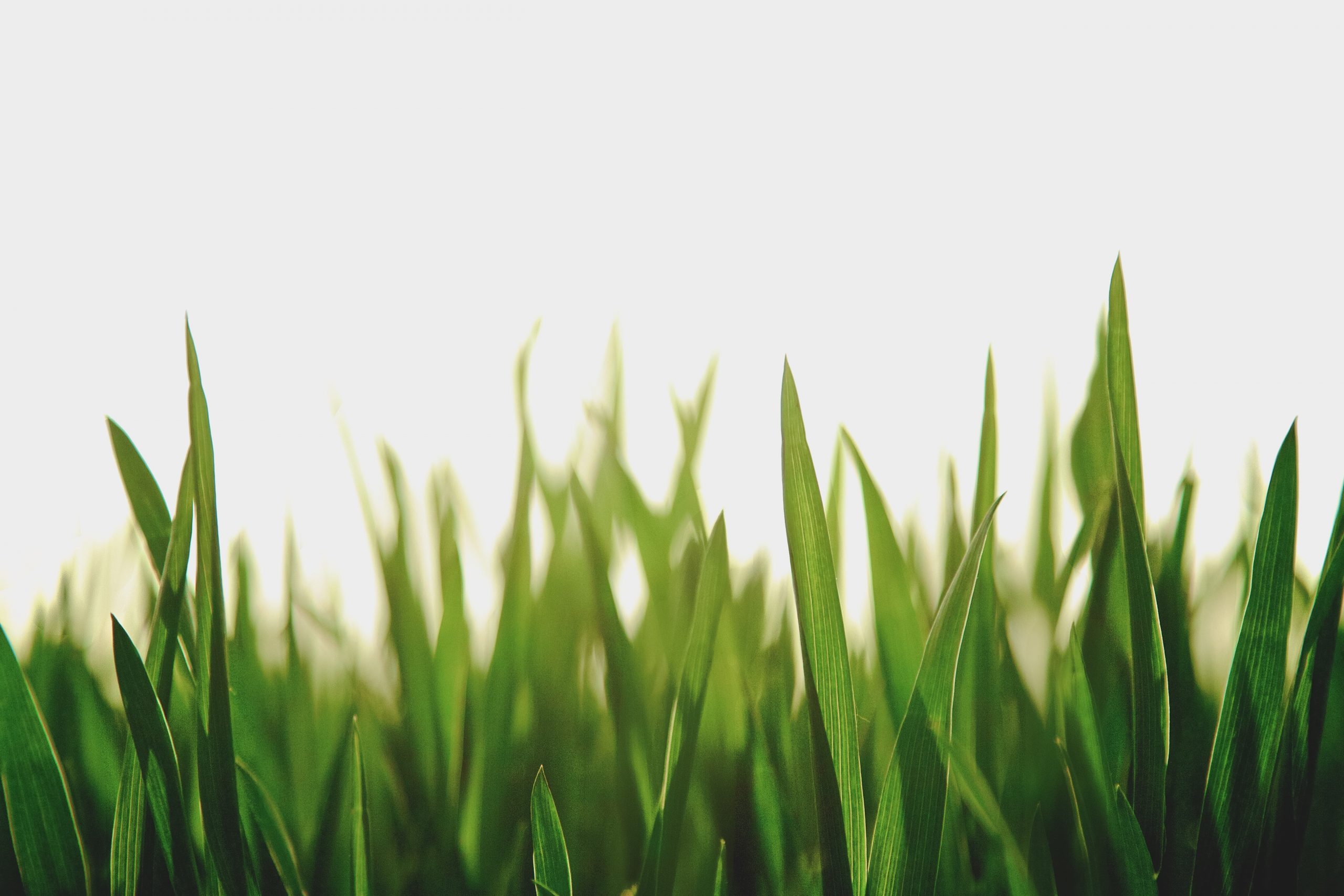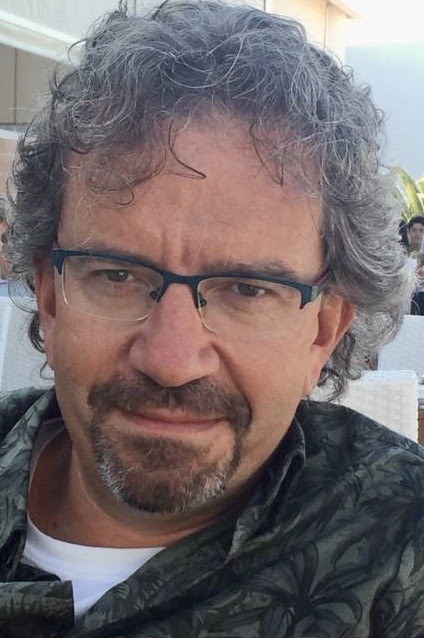
At the Microbial Ecology Laboratory at NUI Galway, researchers are harnessing the power of microbial metabolisms to drive more sustainable food production, particularly in Ireland’s primary industries – meat and dairy.
When we think about sustainability, a central theme that comes to mind is the idea of creating value where there was none. In other words, extracting value out of waste. It’s hard to even imagine the vast quantities of waste generated each day across sectors – waste that must be stored, transported, treated and disposed of, but what if waste materials could be transformed and reused to fuel a circular economy? As the common proverb states, ‘One man’s trash is another man’s treasure.’ Perspective is key; is waste something to be dismissed, or is it a valuable, available and low-cost resource with which we can transform our society and address global challenges?

The world is now facing the twin global challenges of climate change and the need to feed 9–10 billion people by 2050. The paradox is that agriculture significantly contributes to greenhouse gas (GHG) emissions (10% of total emissions from the EU) but despite this, we will need to increase agricultural outputs by 50% in order to feed our growing population. The more food we produce, the more waste we generate.
So, how do we increase food-production, reduce greenhouse gas (GHG) emissions and simultaneously manage all this waste? At the Microbial Ecology Laboratory at NUI Galway, it’s all about understanding, manipulating and harnessing the power of microbial metabolisms.
What is a microbe?
We often forget about them because they can’t be seen with the naked eye, but single-celled bacteria, archaea, fungi and protozoa are everywhere; and 3.7 billion years of evolution has shaped them into lean, mean, microscopic machines. These diverse microorganisms (microbes, for short) are capable of an extensive range of functions and bio-transformations – producing a variety of chemicals that are used for energy, food, bioplastic and pharmaceutical production. They are highly resilient and adaptable, capable of surviving the most extreme conditions we could throw at them. The concept of our research is simple: we use the power of these mighty microbes to rethink agricultural practices and manage our waste in a way that generates high-value end-products to fuel a circular economy.
Rethinking Agricultural Practices
The first step is thinking about how we increase food production, while also reducing GHG emissions – even though the two are inextricably linked. Simply put, the problem with our current practices is that cows and sheep eat grass, which is digested by a complex group of microorganisms living within the gut of the animal; and as a result of this digestion, methane gas is produced. Shockingly, methane emissions from cows and sheep account for more than 40% of EU agricultural GHG emissions. In collaboration with Teagasc, our group is working on innovative solutions to stop methane production from within the animal without causing any harm or adverse effects to downstream meat/dairy products. Our goal is to find creative ways to inhibit the group of microorganisms that produce methane, without affecting the bacteria which help the animal digest its food.
Alison and Caroline, two PhD students on the project co-supervised by Prof. Sinead Waters from Teagasc, achieve this by manipulating diets. Testing out different feeding strategies on cows and sheep, they work to pin down the optimal feeding regime that will reduce emissions. Caroline says of the project, “I’m working on developing methane inhibitors for ruminant animals (cows, sheep and goats), which have the potential to reduce emissions and improve animal efficiency. Creating a cleaner, safer and more sustainable environment for all is what has always inspired me, and this research is doing just that. It’s also incredibly rewarding to work on developing these technologies which will benefit farmers as well as the environment!”
Relatedly, agriculture produces waste in the form of manures and slurries that are legally required to be stored on site before they can be reused as fertilisers. As they sit in storage, these wastes also produce and release methane into the atmosphere, accounting for an additional 16% of EU agricultural GHG emissions. Fortunately, we can use these same processes to reduce methane emissions in stored slurries without reducing the nutrient capacity of the material.
Transforming Waste
The second step is to consider how we can treat waste as a resource. There are many different types of waste we consider: food waste, agricultural wastes (such as the manures mentioned above), municipal waste and wastewater (essentially everything that comes out of your house), cut grass and other foliage, food processing wastes and wastewaters (such as dairy or brewery wastewater), and many others. Each of these wastes is packed with carbon, nitrogen and other elements that can be transformed into bio-energy, or other bio-based compounds, all of which we can reuse. All we need is the power of the bacteria capable of transforming them.
This is where the work of PhD students, Fabiana and Yuchen comes into play. Fabiana is working on optimising the bio-transformations of cut grass into high-value chemicals. As she so elegantly describes, “When we walk around Galway, we never pay too much attention to grass – it’s basically everywhere. And yet, grass can play a central role in a greener economy, transforming into the gas that heats our homes, the electricity that charges our phones or an unnoticed but important chemical in a cosmetic product.”
Yuchen’s research is similar in nature but applies to a different type of waste. He works on solving problems associated with the sustainable, low-temperature treatment of dairy wastewater. There is a lot of interest in how Yuchen’s work could reduce the costs and environmental impacts associated with dairy wastewater treatment, a core process of Ireland’s primary industry. Yuchen explains, “The dairy industry is an essential part of the Irish economy. What’s exciting is that the waste stream from dairy products contains compounds that have a very high potential for generating renewable energy. This reduces the carbon footprint of the dairy industry and our reliance on fossil fuels.”

The Future of Bio-Energy
For both Yuchen and Fabiana, these transformations rely on the power of the mighty microbes. In harnessing a diverse community of bacteria and archaea (we’re talking thousands of different species all living side-by-side), they can optimise these processes to sustainably transform waste and produce bio-energy or bio-chemicals.
These are just a few examples of how research in microbiology at NUI Galway can propel us towards a more sustainable future. Still, change does not always happen quickly. Often, uptake of new methods and technologies can be slow, but the world is facing challenges that are pushing us to think hard and fast – to adapt, to strategise. For us, sustainability is a matter of finding possibilities for a better future, and at the very heart of this goal is the most minute yet prolific lifeforms on earth – the microbe.
Read more about the ways in which University of Galway is transforming wastewater treatment in the research impact case study,
“Transforming Sustainable Water Management: Creating Jobs and Saving Energy”.
Profiles

With over 25 years of experience in microbial ecology and biofilm research, Vincent is an internationally recognised leader in his field and currently holds a position as Senior Lecturer, and Professor of Microbiology in NUI Galway.
Over the course of his research, Vincent has published over 300 scientific communications, including 95 papers in leading international peer-reviewed journals. He has successfully and consistently secured research funding of €10.5 million from national and international bodies.
His main research areas focuses on: anaerobic biofilm reactor technology for biorefining, energy production and wastewater treatment; control of biofilms in infectious disease settings and the microbial ecology of anaerobic biofilms and soil ecosystems.